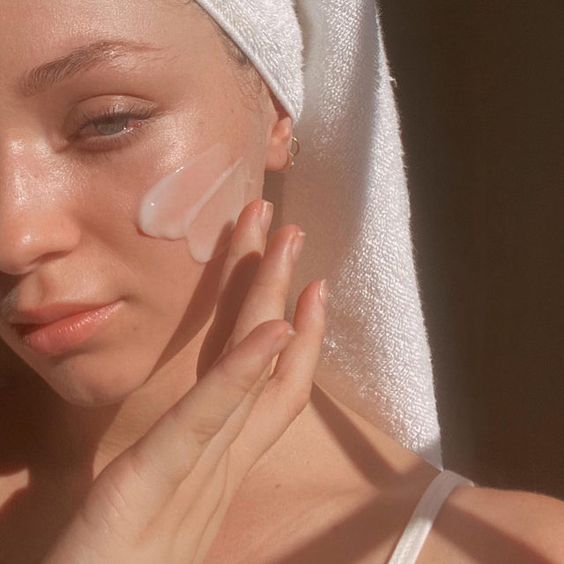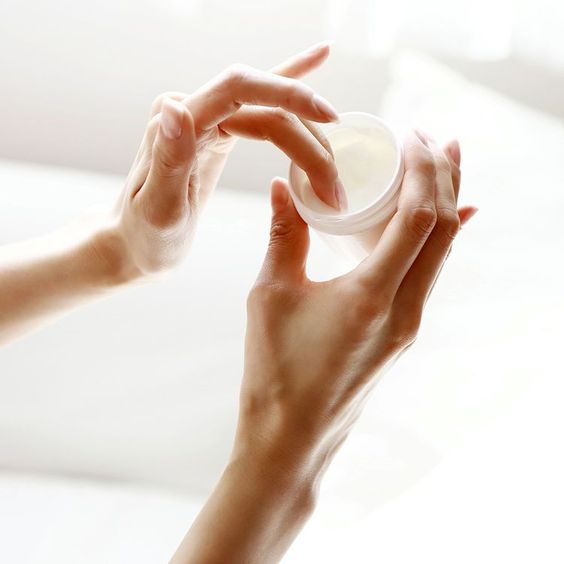In the pursuit of healthy and radiant skin, hydration plays a pivotal role. Two ingredients that have gained significant attention in the world of skincare are Glycerin and Hyaluronic Acid. Both are renowned for their remarkable abilities to attract and retain moisture, leaving the skin plump, smooth, and revitalized. However, each comes with its unique characteristics and benefits, making it essential to understand their differences to determine which one best suits your skin’s needs.. Keep reading to take a closer look at glycerin vs hyaluronic acid and determine which one is best for your skin in 2023.

What Is Glycerin?
Glycerin (also known as glycerol) is a naturally-occurring sugar alcohol. It was first discovered in 1783 as a natural by-product of soap manufacturing. It is a clear, odorless liquid that can be derived from plant-based sources or synthetically produced. One of the key features of Glycerin is its capacity to draw moisture from the atmosphere and bind it to the skin, creating a protective barrier that helps prevent moisture loss. This property not only keeps the skin hydrated but also aids in maintaining its suppleness and elasticity.
Glycerin has been used in skincare products for centuries. Its moisturizing properties make it an effective ingredient in lotions, creams, and serums. It is also often used in soaps to cleanse and soften the skin.
What Is Hyaluronic Acid?
You don’t have to keep your finger on the pulse of the skincare industry to know hyaluronic acid is a massively popular ingredient. It is often referred to as the “fountain of youth” in the skincare world, is a naturally occurring substance found in our skin and connective tissues. Its exceptional ability to hold up to a thousand times its weight in water makes it a powerful hydrating agent. When applied topically, Hyaluronic Acid forms a moisture-locking shield, resulting in a plumped-up complexion.
Unlike glycerin, hyaluronic acid can hold up to 1000 times its weight in water. This makes it an incredibly effective ingredient for increasing hydration levels in the skin.
Glycerin vs Hyaluronic Acid: Which One Is Better?
While both Glycerin and Hyaluronic Acid are excellent hydrators, there are some differences to consider. Glycerin tends to have a slightly stickier texture, which might not appeal to everyone, while Hyaluronic Acid is known for its lightweight, easily absorbed consistency. Additionally, individuals with sensitive skin might find Glycerin more suitable, as Hyaluronic Acid can sometimes cause minor irritation if used in higher concentrations.
Glycerin is a great ingredient for those with dry or sensitive skin. It helps to soothe and moisturize the skin without causing irritation. Glycerin is also appropriate with acne-prone skin as it has antibacterial properties that can help to prevent breakouts.
Hyaluronic acid is better suited for those with dehydrated or mature skin. Its ability to hold onto moisture makes it an effective anti-aging ingredient. Hyaluronic acid can also help to plump fine lines and wrinkles, giving the skin a more youthful appearance.
How to Use Glycerin and Hyaluronic Acid in Your Skincare Routine
Here are some tips for incorporating these ingredients into your skincare routine:
- Consider your skin type and concerns
- Look for products that contain glycerin or hyaluronic acid high on the ingredient list.
- Layer your skincare products, starting with the lightest consistency and working your way up to heavier creams and oils.
- Apply glycerin-based products to damp skin to lock in moisture.
- Use hyaluronic acid before applying moisturizer to increase hydration levels in the skin.
Go for Glycerin if you are seeking an all-around hydrator with a long-standing reputation. In case you desire a deeply penetrating and powerful hydrating agent to combat signs of aging, Hyaluronic Acid might be the ideal choice.
Conclusion
The battle for hydration supremacy between Glycerin and Hyaluronic Acid ultimately depends on your skin’s specific needs and your personal preferences. Incorporating either of these ingredients into your skincare routine can work wonders, providing your skin with the much-needed moisture and nourishment for a healthier, more radiant complexion. As always, it is recommended to consult with a dermatologist or skin care professional to determine the best course of action for your unique skin concerns.
Overall, whether you choose to use glycerin, hyaluronic acid, or both, these ingredients can help to keep your skin hydrated and healthy in 2023 and beyond.
FAQs
- Are glycerin and hyaluronic acid vegan? While some sources of glycerin and hyaluronic acid are derived from plant sources, others are derived from animal fats or connective tissue. If you are looking for vegan skincare products, be sure to check the ingredient list carefully.
- Can I use glycerin and hyaluronic acid during the day or only at night? You can use both glycerin and hyaluronic acid at any time of day. They are both absorbed quickly into the skin, making them ideal for daytime use under makeup.
- Can I use glycerin and hyaluronic acid together? Yes, you can use both of them in your skincare routine. They work well together to provide deep hydration and moisture.




